Sriharsha V. Aradhya
Research Highlights
Current Research
My current research can be broadly classified as the study of mechanics, energetics and electronics of single-molecule junctions. At its heart, we want to:
1. UNDERSTAND the mechanical and electronic properties of the fundamental building blocks of all materials (atoms and molecules), and
2. CONTROL various parameters to engineer devices with interesting functions at the molecular scale.
Below are some highlights from my current research.
Can we measure subtle van der Waals interactions at the metal-molecule interface?
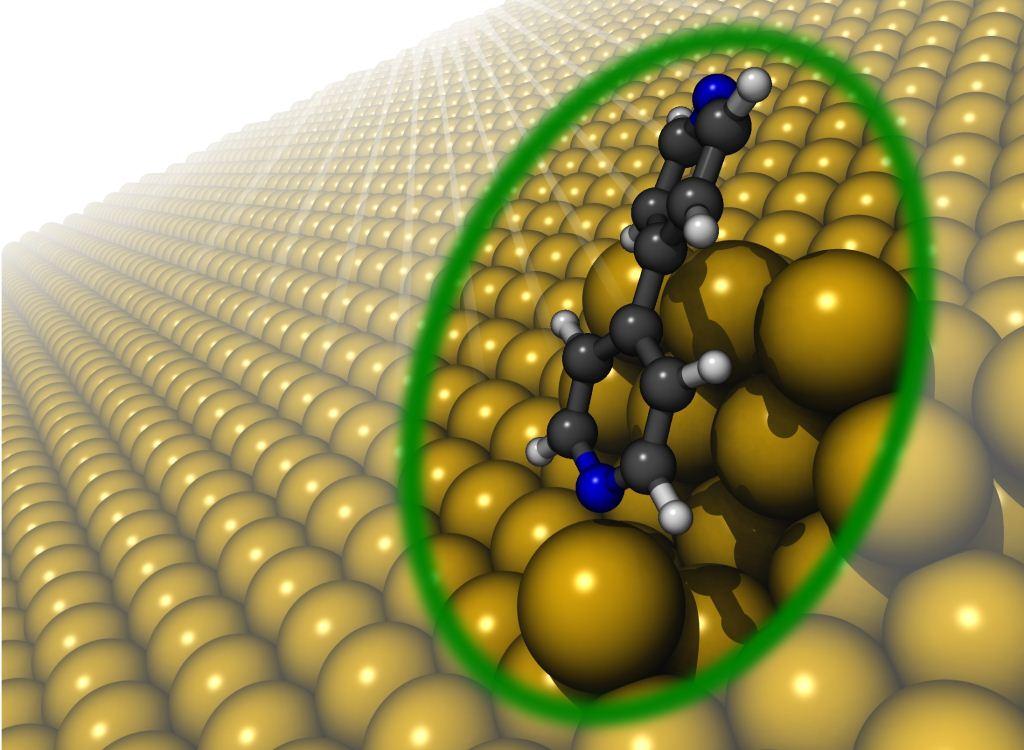
We have shown the existence of two distinct binding regimes in gold-molecule-gold single-molecule junctions, using molecules containing nitrogen atoms at their extremities that are attracted to gold surfaces. While one binding mechanism is characterized by chemical interactions between the specific nitrogen and gold atoms, the other is dominated by van der Waals interactions between the molecule and the gold surface.
- S. V. Aradhya, M. Frei, M. S. Hybertsen, and L. Venkataraman, ‘Van der Waals interactions at metal/organic interfaces at the single-molecule level’, Nature Materials, 11(10), 872-876, (2012). (PDF, Link)
[Highlighted by Brookhavel National Lab, Columbia University, Phys.Org etc.] [Featured in the 'News & Views' of Nature Materials]
Can we observe quantum interference at the single molecule level?
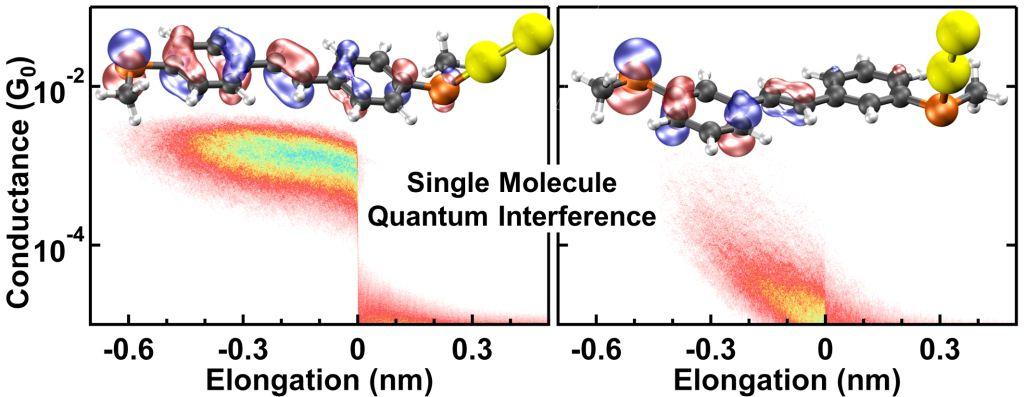
We have demonstrated that subtle changes in the molecular structure can lead to dramatic changes in the conductance of single molecule junctions. By combining independent measurement of force and conductance, this study achieved the unambiguous study of quantum interference phenomenon at the single molecule level.
- S. V. Aradhya, J. S. Meisner, M. Krikorian, S. Ahn, R. Parameswaran, M. L. Steigerwald, C. Nuckolls, L. Venkataraman, ‘Dissecting Contact Mechanics from Quantum Interference in Single-Molecule Junctions of Stilbene Derivatives’, Nano Letters, 12 (3), 1643-1647, (2012). (PDF, Link)
[Also highlighted on NanoTechWeb.org]
What can the force sustained by a bond tell us about the electronic structure?
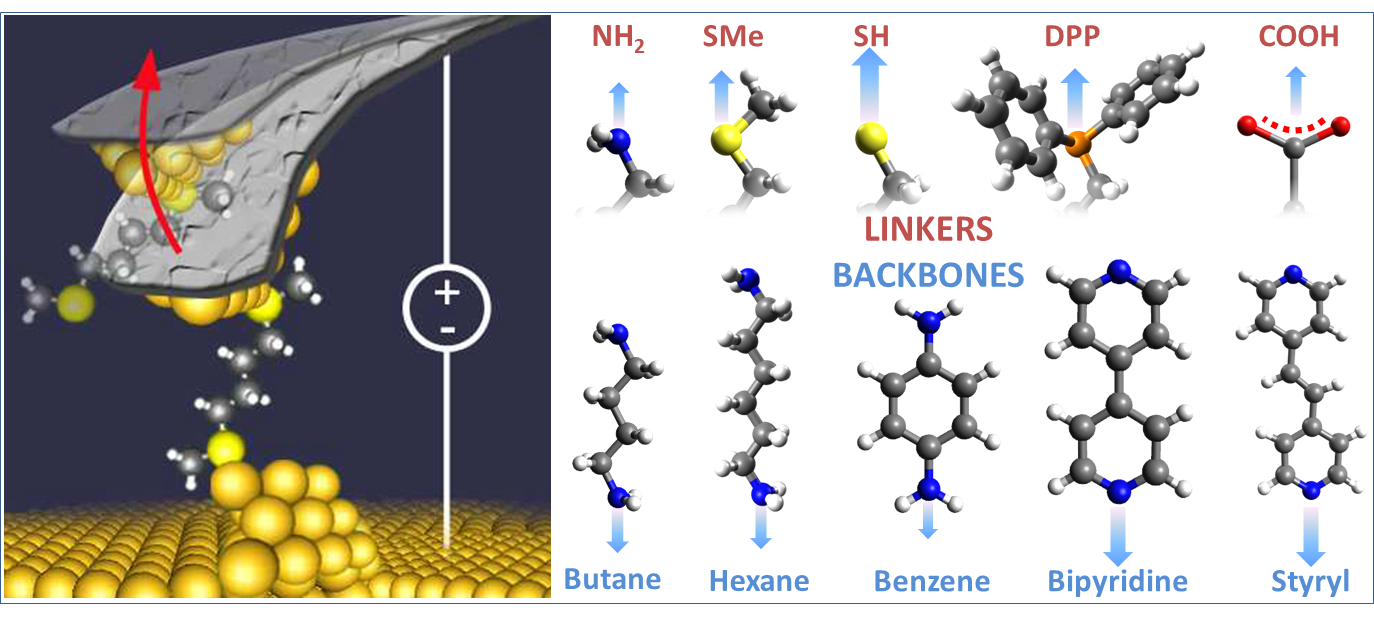
We have measured the force sustained by a gold single atomic quantum point contact, as well as many single molecule junctions. While the variation in the strength of different bonds is expected, we find that the electronic structure of the molecular backbone is also reflected in the force.
- M. F. Frei, S.V. Aradhya, M. S. Hybertsen, M. Koentopp, and L. Venkataraman, ‘Mechanics and Chemistry: Single Molecule Bond Rupture Forces Correlate with Molecular Backbone Structure’, Nano Letters, 11 (4), 1518-1523, (2011). (PDF, Link)
[Also highlighted on NanoTechWeb.org]
- M. F. Frei, S.V. Aradhya, M. S. Hybertsen, and L. Venkataraman, ‘Linker Dependent Bond Rupture Force Measurements in Single-Molecule Junctions’, JACS, 134 (9), 4003-4006, (2012). (PDF, Link)
- S. Ahn, S. V. Aradhya, R. S. Klausen, B. Capozzi, X. Roy, M. L. Steigerwald, C. Nuckolls, L. Venkataraman, ‘Electronic Transport and Mechanical Stability of Carboxyl Linked Single-Molecule Junctions’, Phys. Chem. Chem. Phys., 14(40), 13841-13845, (2012). (PDF, Link)
[Selected for themed issue on Electron Transfer]
- J. S. Meisner, S. Ahn, S. V. Aradhya, M. Krikorian, R. Parameswaran, M. L. Steigerwald, L. Venkataraman and C. Nuckolls, ‘The Importance of Direct Metal-π Coupling in Electronic Transport Through Conjugated Single-molecule Junctions’, JACS, 134(50), 20440-20445, (2012). (PDF, Link)
- S.V. Aradhya, M. F. Frei, A. Halbritter, and L. Venkataraman, ‘Correlating Structure, Conductance, and Mechanics of Silver Atomic-Scale Contacts’, ACS Nano, 7(4), 3706-3712, (2013). (PDF, Link)
Previous Research
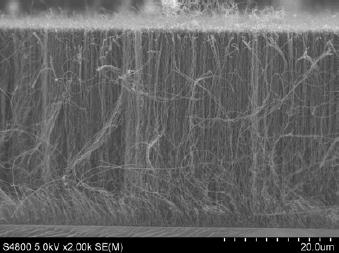 MEMS Flow Sensor
MEMS Flow Sensor
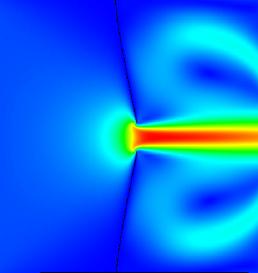 Flow Visualization
Flow Visualization
 Nanorods in Polymer
Nanorods in Polymer
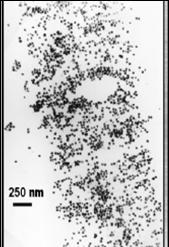
Some notable outcomes from my previous research projects:
1. Interfacial bonding and thermal transport of Carbon Nanotube (CNT) arrays (Purdue University, US Issued Patent 8,262,835)
2. MEMS flow sensor (GE Global Research Best Intern and Inventor Medal, US Issued Patent 7,337,678)